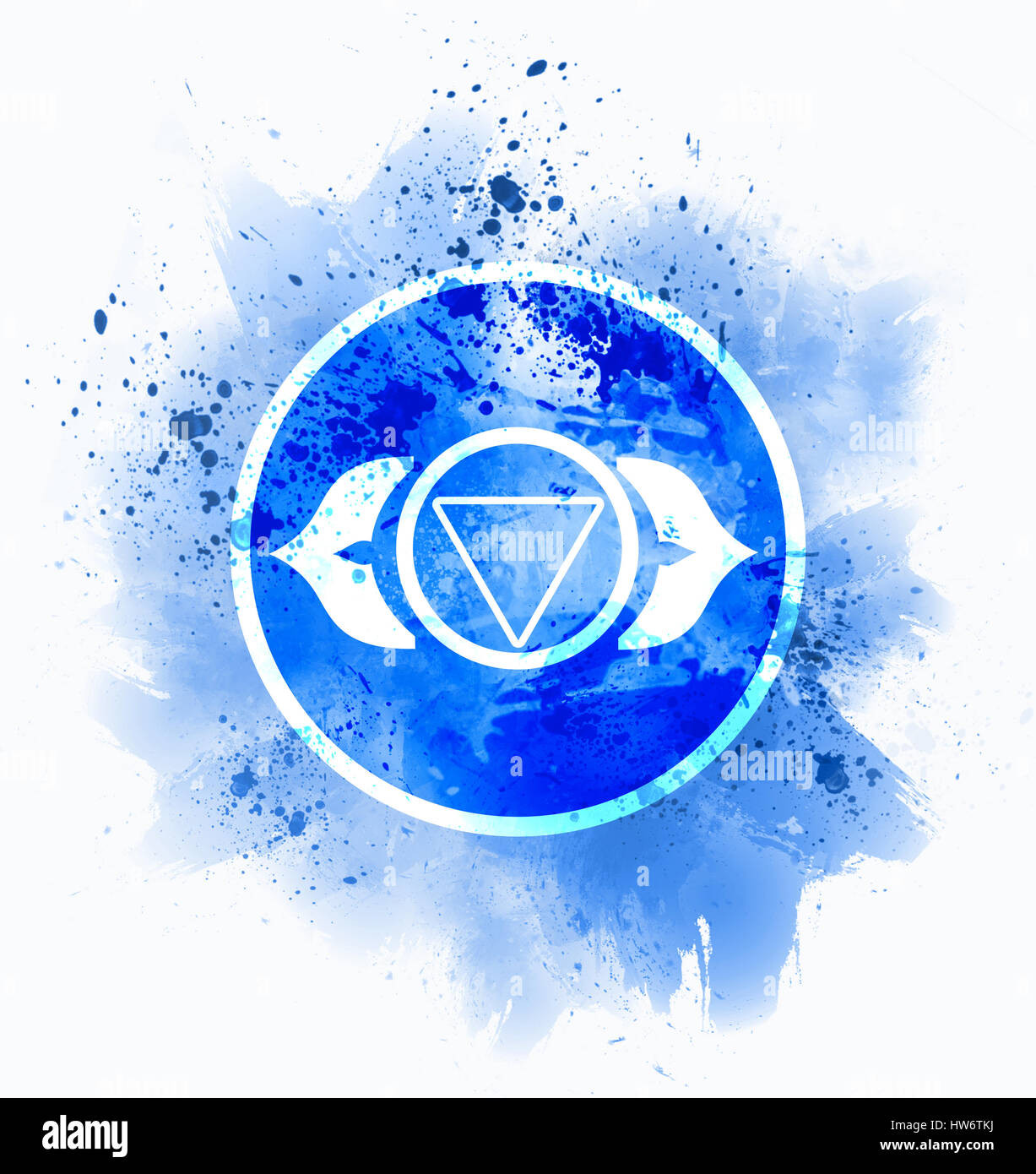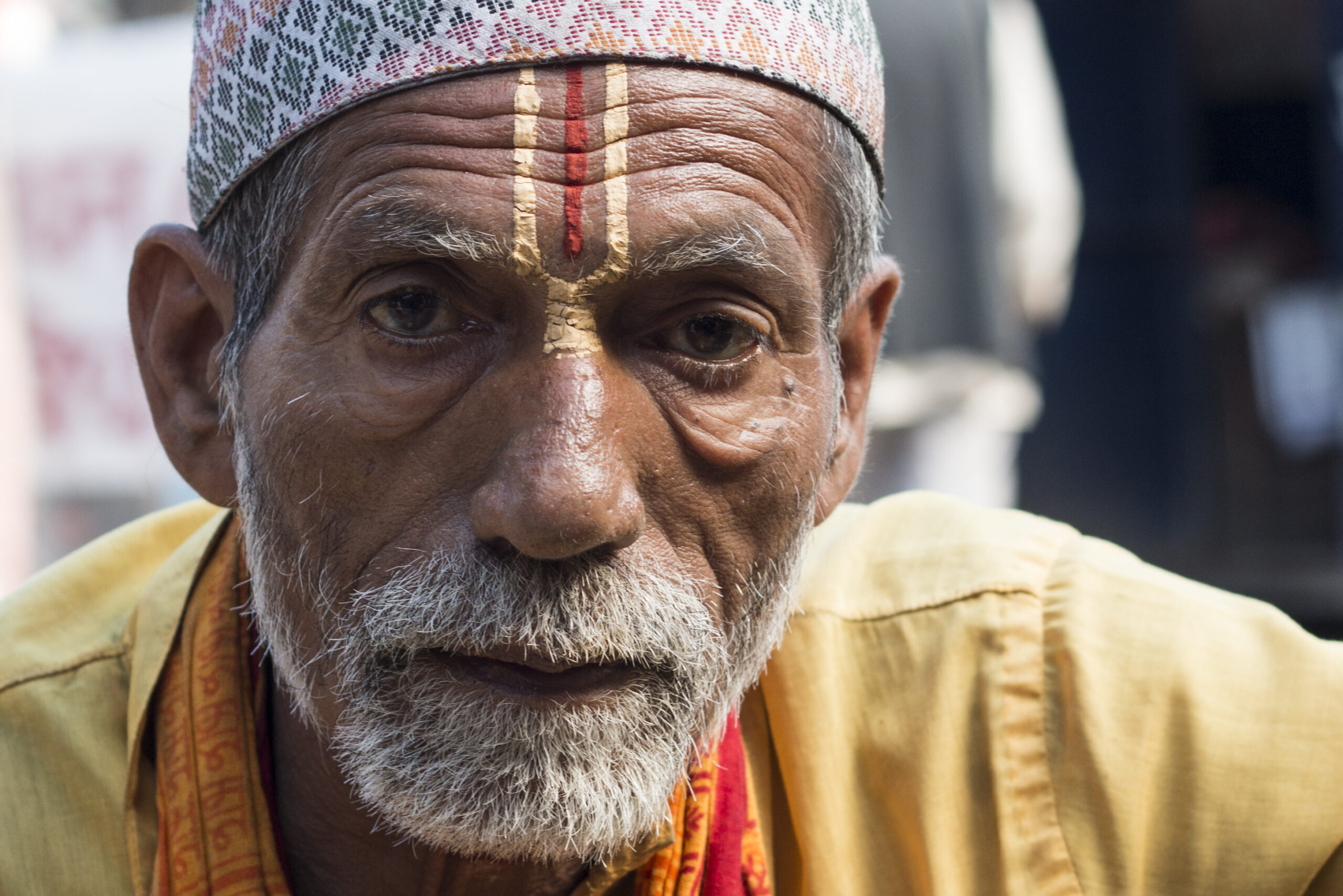Throughout history, the ajna or third eye chakra has been a focal point of spiritual and cultural significance. The forehead decoration placed on this area not only enhances beauty but also symbolizes a deeper connection to oneself and the universe. Drawing from personal experiences, this comprehensive guide will explore types, meanings, cultural relevance, pros and cons, and much more about ajna decorations.
Understanding the Ajna Chakra
The ajna, often referred to as the third eye, is located in the center of the forehead, slightly above the space between the eyebrows. In many cultures, it is believed to be the center of intuition and perception.
Significance of the Ajna
- Represents clarity of thought and insight.
- Associated with spiritual awakening and awareness.
- Connects the physical and spiritual realms.

Cultural Context
In various cultures, the ajna is adorned with specific symbols or decorations that resonate with spiritual significance:

- Bindis in South Asian cultures symbolize marital status and spiritual insight.
- Teeka among Hindus is a mark of protection against evil.
- Forehead jewels in Middle Eastern customs signify nobility and beauty.
Types of Forehead Decorations

Different forms of forehead decoration have emerged worldwide, each carrying its unique symbolism and aesthetic appeal.
Bindis

- Material: Traditionally made from colored powders, stickers, or crystals.
- Placement: Typically at the center of the ajna.
- Symbolism: Represents the third eye and encourages spiritual awakening.
Teeka

- Material: Often consists of turmeric paste or sindoor (vermilion).
- Placement: Applied on the forehead, often as a dot or line.
- Symbolism: Protection from negative energies.
Forehead Jewels

- Material: Precious metals and gemstones.
- Placement: Worn as elaborate designs on the forehead.
- Symbolism: Signifies wealth, beauty, and status.
Personal Experience with Forehead Decoration

From my personal journey, the first time I adorned a bindi was a moment of awakening. The simple placement on my ajna made me feel more connected to my cultural heritage. It wasn’t just a decoration; it was an expression of my identity.
The Emotional Impact
Wearing a forehead decoration can evoke feelings of pride and belonging. It enhances one’s presence, often attracting positive attention and enhancing self-esteem. Every time I wear a bindi, I feel a surge of energy and authenticity.
Pros and Cons of Forehead Decorations
| Pros | Cons |
|---|---|
|
|
How to Choose the Right Forehead Decoration
Selecting the perfect ajna decoration requires considering various factors:
Personal Style
- Choose colors and designs that resonate with your personal aesthetics.
- Experiment with different materials until you find what feels right.
Cultural Relevance
- Understand the cultural significance behind specific decorations.
- Respect traditions while finding ways to express your individuality.
Occasion
- For formal events, consider elegant designs.
- Casual outings can allow for playful and colorful pieces.
Frequently Asked Questions (FAQs)
What does wearing a bindi symbolize?
The bindi symbolizes the third eye, representing wisdom and spiritual insight. It is also a cultural marker in many South Asian traditions.
Are forehead decorations suitable for all occasions?
While forehead decorations can be worn on various occasions, it’s essential to consider the context and cultural setting. Some may feel it’s more appropriate for festive or cultural events.
Can men wear forehead decorations?
Absolutely! Although traditionally associated with women, many men are embracing forehead decorations as a form of self-expression and spirituality.
How can I care for my forehead decoration?
Depending on the type, it’s essential to store them properly to maintain their condition. For bindis, clean the area before applying to ensure longevity.
Is it necessary to adhere to cultural norms when wearing forehead decorations?
While personal expression is important, it’s crucial to approach cultural symbols with respect. Understand their significance and be mindful of the context in which you wear them.
Conclusion
Forehead decorations on the ajna are more than just aesthetic additions; they are heartfelt expressions of culture, spirituality, and individuality. Through my experiences and insights shared in this article, I hope you feel inspired to explore the diverse world of ajna adornments. Whether you choose a simple bindi or an elaborate forehead jewel, remember that it’s about what resonates with you personally. Embrace your unique journey and let your forehead decoration tell your story.